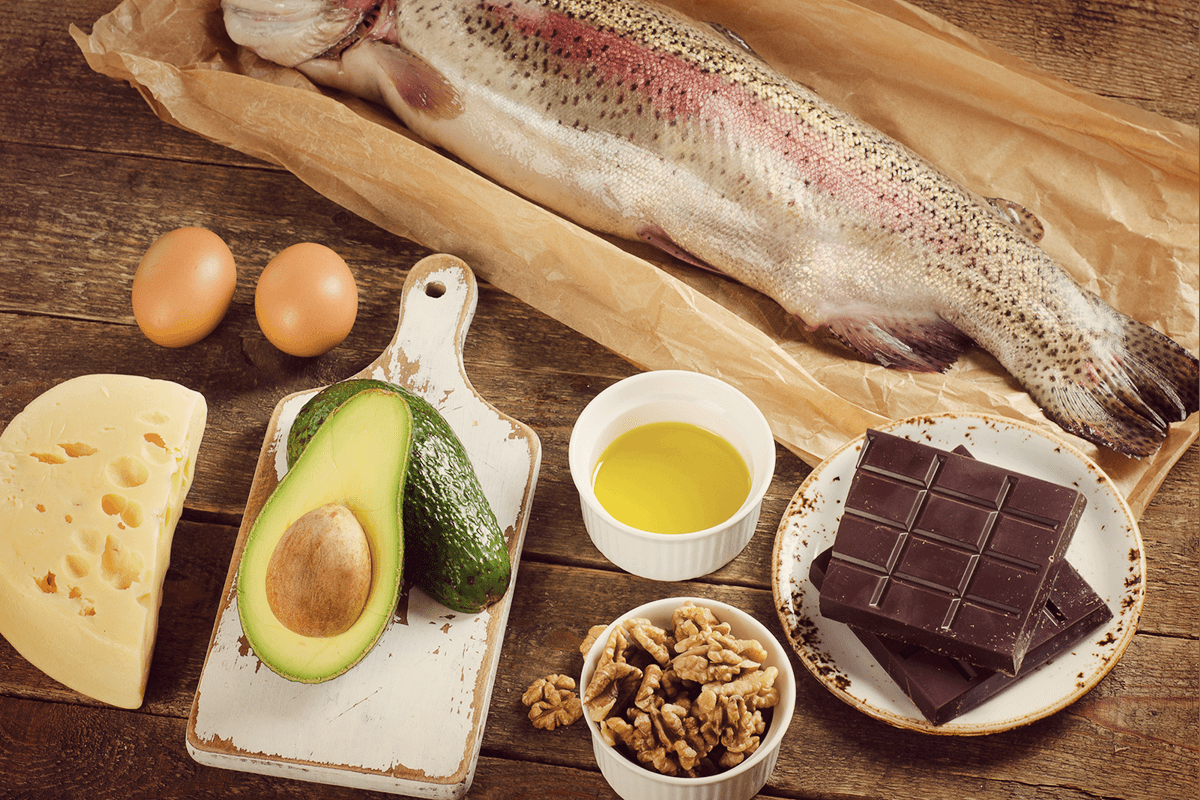The news is always screaming about eat this, not that. Every other month there is a report warning about the health hazards of a particular food and singing the praises about another, until the negatives are discovered.
Remember the low fat craze? This is a diet style that many cardiologists recommended for patients, but it didn’t result in slimmer Americans. In fact, the opposite happened as Americans got fatter.
All processed foods that contained fat suddenly became low fat or fat free but were loaded with sugar to accommodate for the lack of taste. The public traded one addiction for another. Suddenly fat was bad, and unbeknownst to Americans, they were consuming more sugar than ever before.
It’s hard to make informed decisions, especially in today’s digital world where unverified information spreads like wildfire. When looking for official recommendations, always trust the experts, not those with the loudest voices.
Even the experts can be slow to recognize habits they’d recommended for decades were harmful. I am referring to the food pyramid, which stacked carbohydrates at the top and vegetables and fruit in the middle, while leaving protein on the bottom.
Regardless of what kind of diet plan you subscribe to, most agree a balanced diet is the best approach. Cutting down on sugar and whites of little, to no nutritional value is always recommended.
Every household should have food staples in the fridge or pantry they can use to make quick, healthy meals without sending their diet into a tailspin. These staples have been around for decades, if not a millennia.
Here are the 5 healthy staples to eat in any diet:
Butter or Margarine?
Every other month reports come out about eating margarine, no, wait, eat butter.
Since margarine has less fat than butter, it’s a hard choice to make. That’s until you read about the deadly ingredient of trans fats, which are guaranteed artery blockers and were prevalent in margarine.
According to the Mayor Clinic, soft tub margarine has less saturated fat than butter and also contain unsaturated “good” fats because margarine is made from vegetable oil. But some margarine, especially those that are brick hard, contain trans fat, which are more harmful to the body than saturated fat.
Butter is made from animal fat, which has more saturated fat and can clog arteries.
So, it’s a difficult decision, but now you can make it knowing the facts. After reading an article about a 100-year-old scientist Fred Kummerow’s decades long fight to have the Food and Drug Administration ban trans fat, I ran to the fridge to check out the margarine I use. It’s trans fat free.
Not Just for Vegetarians
Beans are a diverse staple that provide excellent sources of protein, fiber and iron. You can get them canned or dry and soak them overnight to get them soft. Just be aware that canned beans have loads of salt as a preservative so rinse them off after opening to reduce salt content.
Beans come in so many varieties and tastes, it will be hard to get bored. Chick peas are great for salads or mixed with tomatoes and cucumbers. Navy beans are an inventive alternative for a white chili made with chicken instead of beef. Combing different beans together with a low calorie salad dressing can make a great side dish.
If you are looking to lower your cholesterol, cut back on fat and find a filling substitute for meat, beans are your solution.
Eggs get a bad rap
There was a trend when people avoided eating the yolk of the egg because it contains cholesterol, so egg white meals became a trend.
While eggs are high in cholesterol, most people can eat up to seven eggs per week without the cholesterol in eggs contributing toward heart disease, says the Mayo Clinic. In fact it’s probably not the eggs, but the sausages and bacon often served with eggs, that set people on a risky fat and high cholesterol path.
Eggs are also a versatile – and cheap – food. For $2 you can get 12 eggs that can be boiled, poached, fried and scrambled for a variety. They are a great source of protein and have vitamins like Vitamin A and B12 that are key for a strong immune system.
Not Just a Nut
Peanuts aren’t just for eating at baseball games or in those funky restaurants where you peel off the shell and leave the debris on the floor.
Peanuts, which fall into the legume family, are a great source of vitamins, protein and good fat. Two tablespoons of peanut butter contains 7 grams of protein and helps your body repair muscle tissue which can also boost your metabolism.
While peanuts contain an even amount of poly and monounsaturated fats, the effect helps lowers your risk of heart disease by reducing harmful cholesterol in your body.
If you aren’t a fan of peanuts, try almonds, which are also a good source of protein, fiber and Vitamin E.
Anything That Swims
Fish makes for a very healthy source of Vitamin D and B12 and protein. In particular fish contains omega-3 fatty acids that the body doesn’t produce.
The omega-3 fatty acids are particularly important to heart and brain function. A healthy heart can mean lower blood pressure and the benefits for the brain function can mean a decrease risk of depression.
There have been lots of media reports about mercury in fish, but all mercury counts are not equal. The EPA warns against eating shark, swordfish and King Mackerel and recommends eating two servings of fish per week. Five fish that have low mercury levels are shrimp, canned light tuna, catfish, salmon, Pollock.
